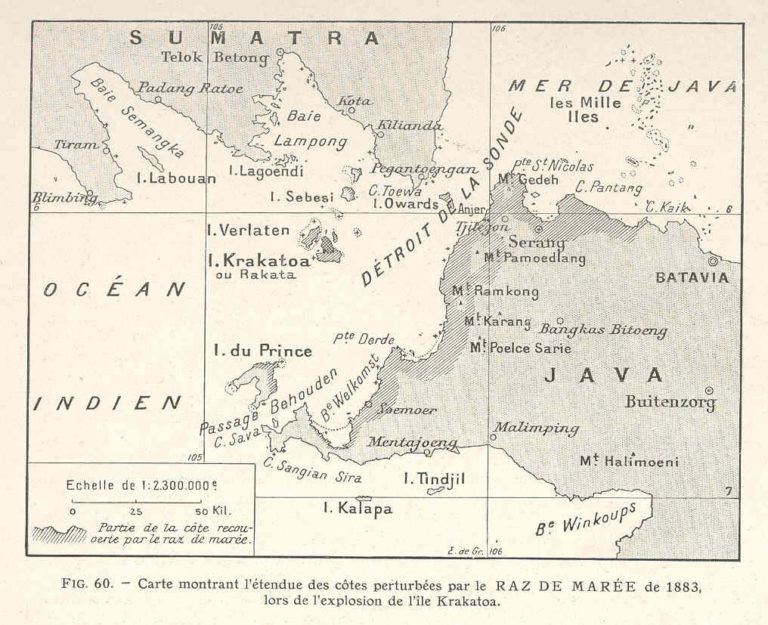Home / Nature & Environment / Earth Science / Extreme Geological Events / Tsunamis as a secondary hazard: Krakatoa 1883

Reach your personal and professional goals
Unlock access to hundreds of expert online courses and degrees from top universities and educators to gain accredited qualifications and professional CV-building certificates.
Join over 18 million learners to launch, switch or build upon your career, all at your own pace, across a wide range of topic areas.

 1883 Map of Krakatoa, Georges Clerc-Rampal, Public Domain
1883 Map of Krakatoa, Georges Clerc-Rampal, Public Domain







